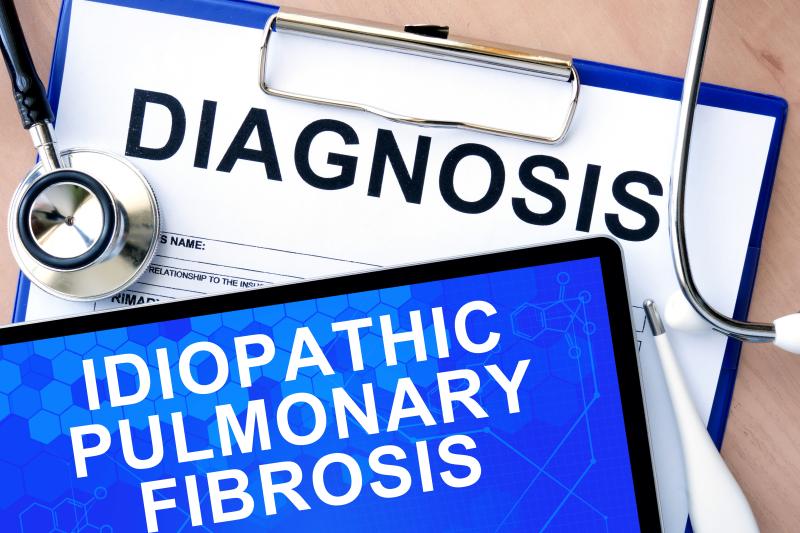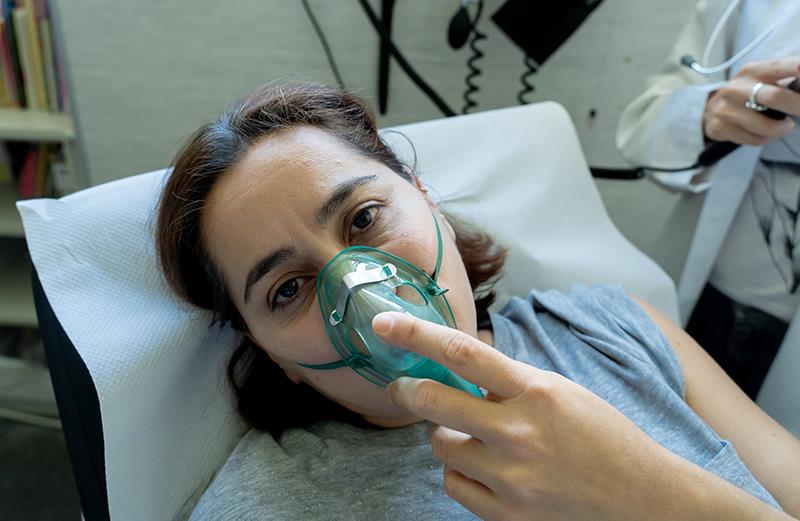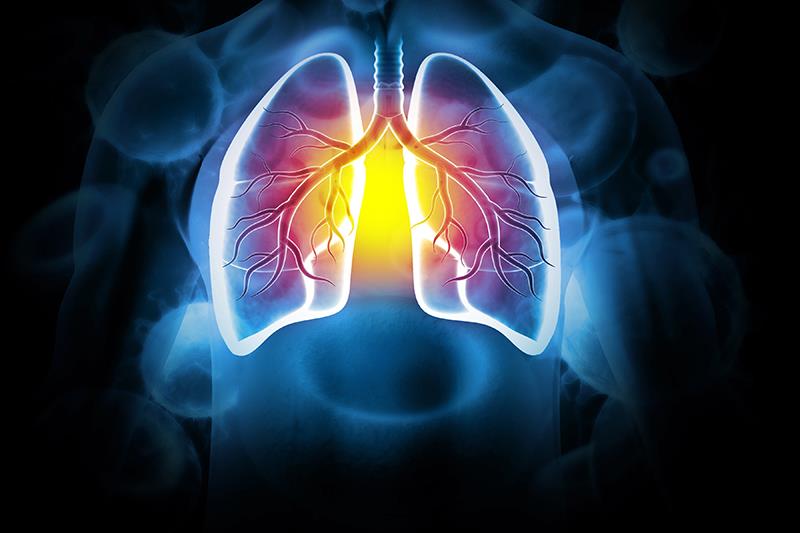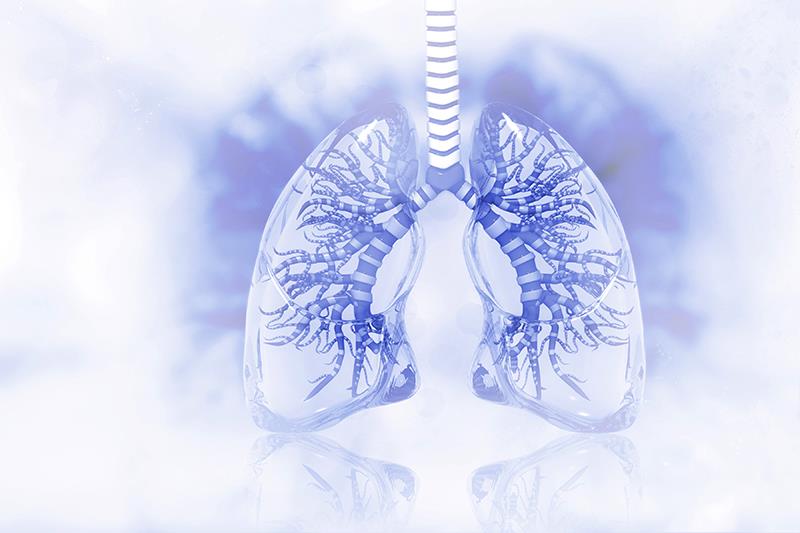Content:
Overview
Content on this page:
Overview
Content on this page:
Overview
Overview
Idiopathic pulmonary fibrosis is a specific form of chronic, progressive fibrosing interstitial pneumonia that occurs spontaneously and is limited to the lungs, associated with a pattern of usual interstitial pneumonia (UIP) both on high-resolution computed tomography (HRCT) or lung biopsy.
Approximately 5% of patients with idiopathic pulmonary fibrosis are asymptomatic. However, common signs and symptoms are exertional dyspnea, nonproductive cough, finger clubbing and bilateral inspiratory crackles.
Establishing the diagnosis of idiopathic pulmonary fibrosis involves clinical, radiological, and pathological correlation.
Pharmacotherapy in idiopathic pulmonary fibrosis include agents such as Nintedanib, Pirfenidone, and systemic glucocorticoids.
For further information regarding the management of Idiopathic Pulmonary Fibrosis, please refer to Disease Algorithm for the Treatment Guideline.
Approximately 5% of patients with idiopathic pulmonary fibrosis are asymptomatic. However, common signs and symptoms are exertional dyspnea, nonproductive cough, finger clubbing and bilateral inspiratory crackles.
Establishing the diagnosis of idiopathic pulmonary fibrosis involves clinical, radiological, and pathological correlation.
Pharmacotherapy in idiopathic pulmonary fibrosis include agents such as Nintedanib, Pirfenidone, and systemic glucocorticoids.
For further information regarding the management of Idiopathic Pulmonary Fibrosis, please refer to Disease Algorithm for the Treatment Guideline.












